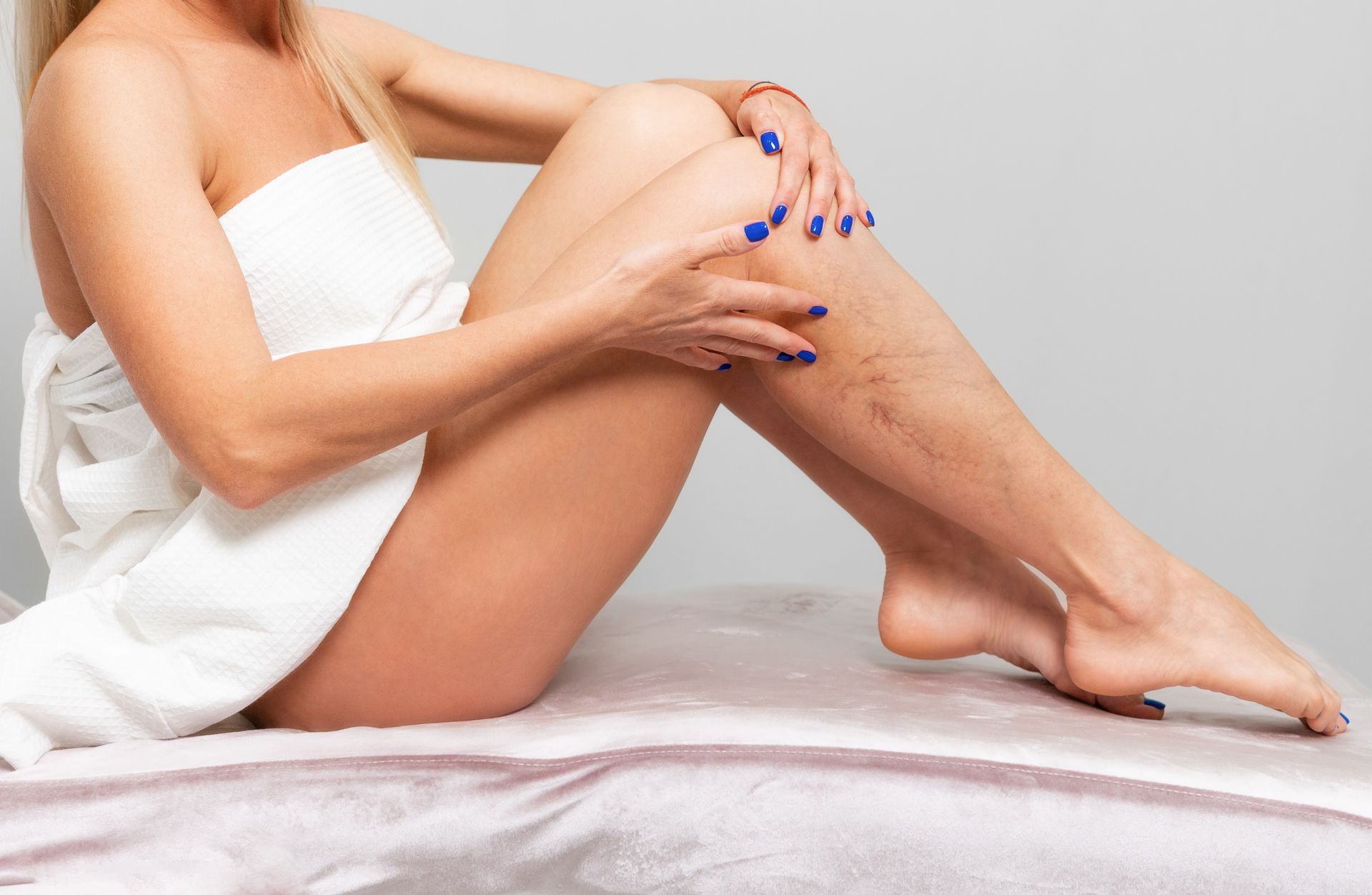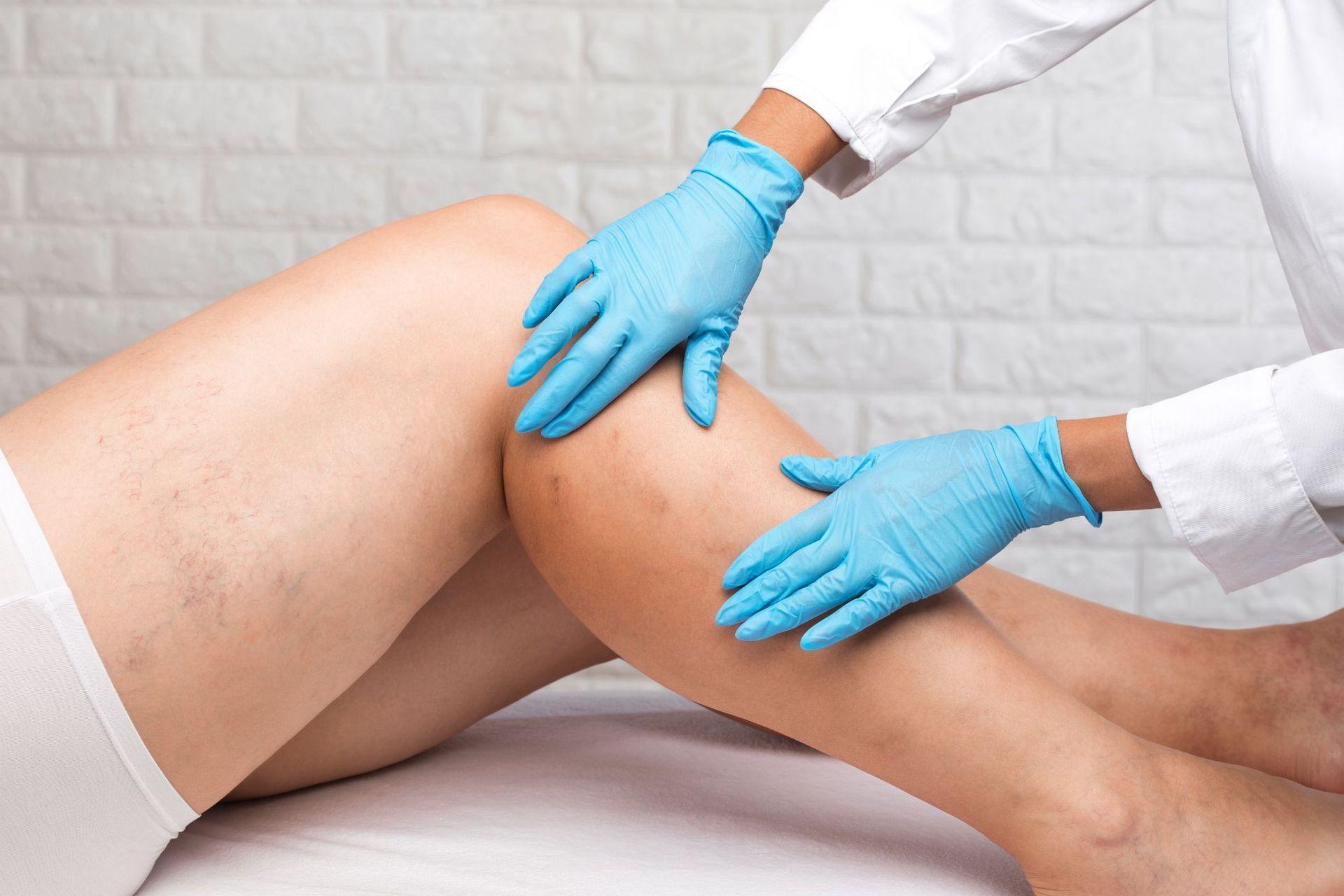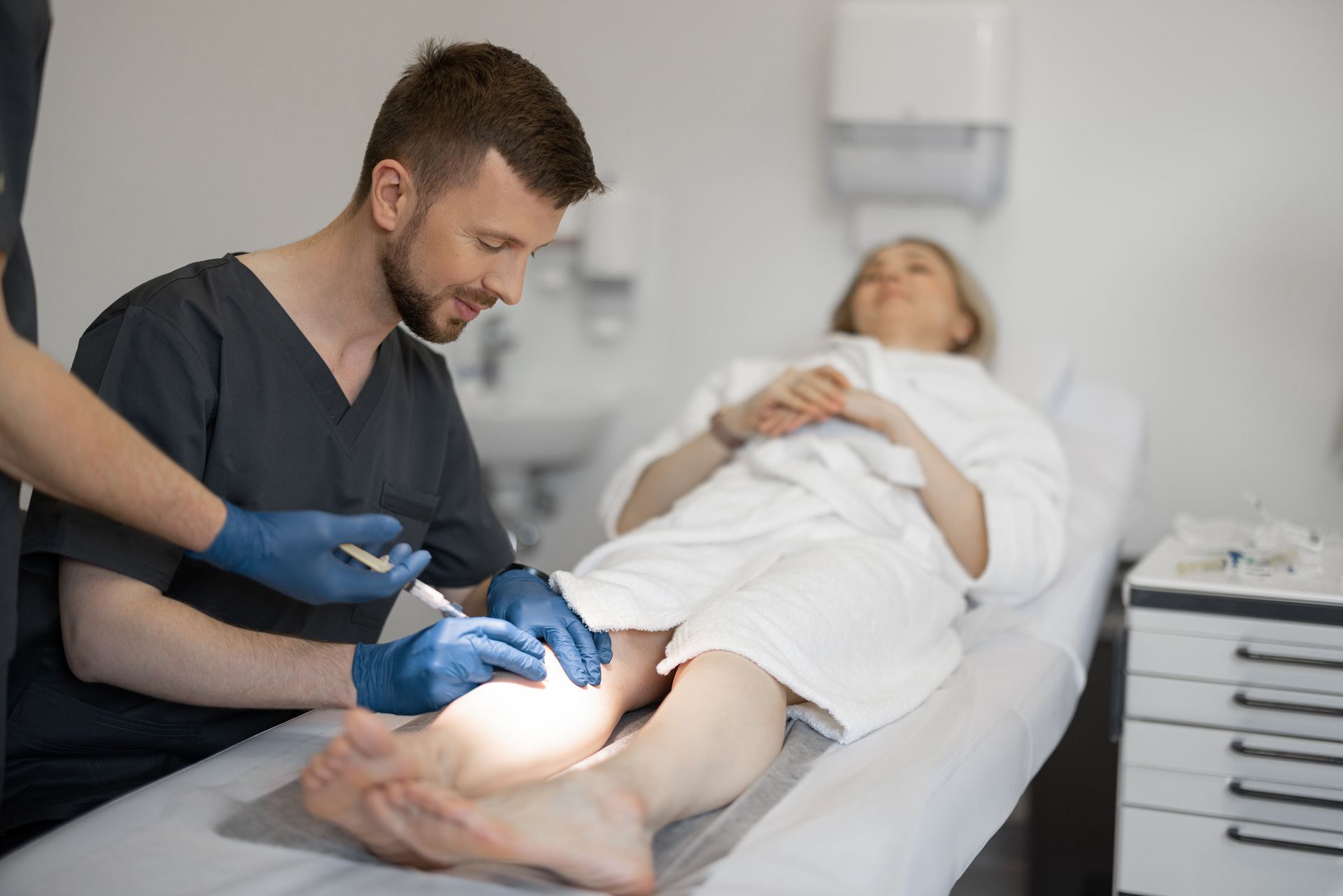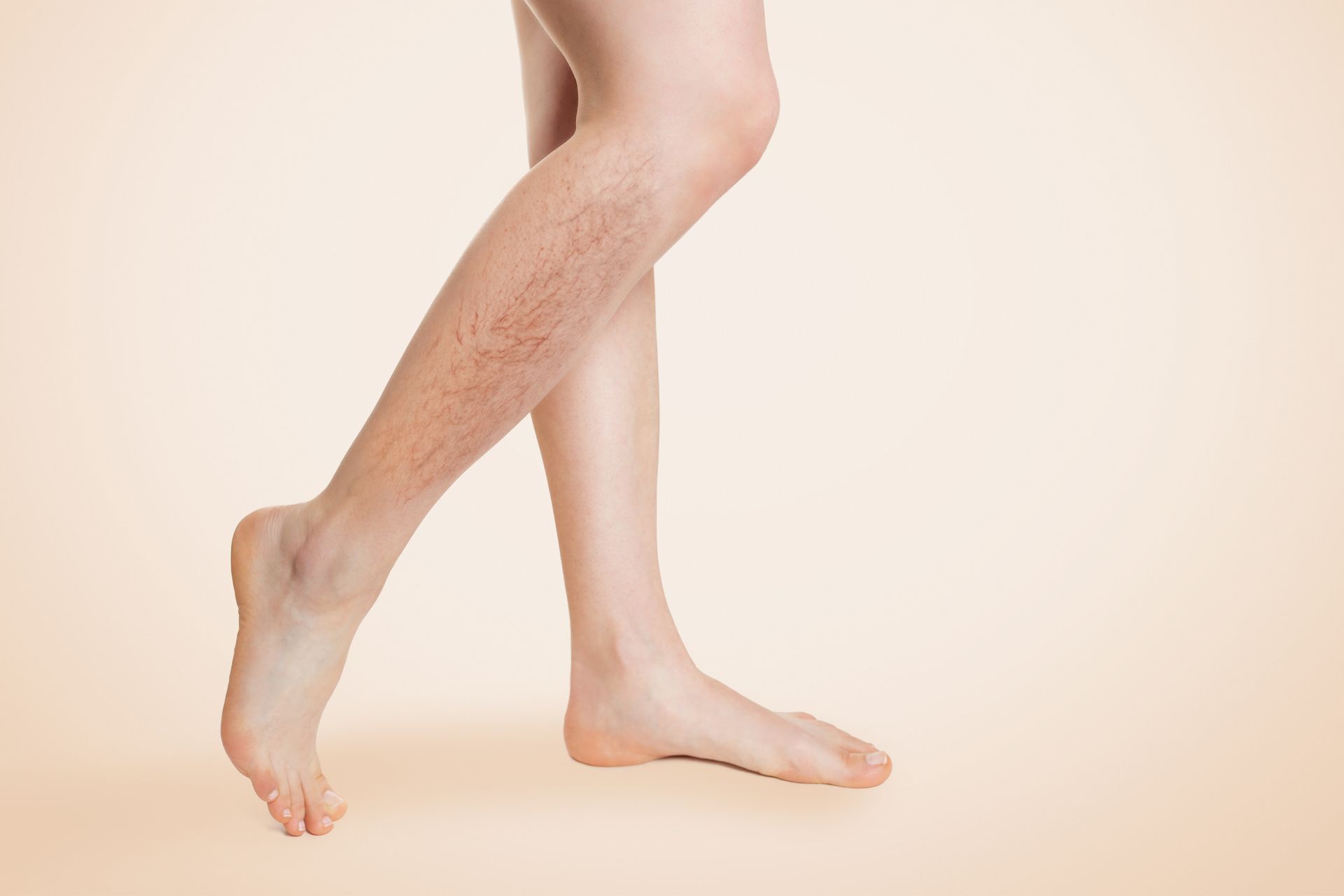Understanding the Connection Between Vascular Disease and Diabetes
Vascular disease and diabetes are two conditions that often go hand in hand, presenting a complex interplay that can significantly impact an individual's health and quality of life. At The Vein Institute, Dr. Michael Sorace and our team recognizes the importance of understanding this relationship and providing comprehensive care for patients in Boerne, San Antonio and the surrounding areas. Join us as we explore the intricate connection between vascular disease and diabetes, offering valuable insights and practical tips for managing these conditions effectively.
Understanding Vascular Disease and Diabetes
Vascular disease encompasses a range of conditions affecting the blood vessels, including arteries and veins. These conditions can impair blood flow, leading to various complications such as peripheral artery disease (PAD), deep vein thrombosis (DVT), and chronic venous insufficiency (CVI). Diabetes, on the other hand, is a metabolic disorder characterized by high blood sugar levels, which can cause damage to blood vessels and nerves throughout the body.
The Link Between Vascular Disease and Diabetes
The relationship between vascular disease and diabetes is multifaceted and bidirectional. Individuals with diabetes are at an increased risk of developing vascular disease due to factors such as:
1. Poor Blood Sugar Control: Elevated blood sugar levels can damage the lining of blood vessels, making them more susceptible to atherosclerosis (hardening and narrowing of the arteries) and other vascular complications.
2. Inflammation: Diabetes is associated with chronic inflammation, which can contribute to the progression of vascular disease by promoting the formation of plaques within the arteries and impairing blood vessel function.
3. Peripheral Neuropathy: Diabetic neuropathy, a common complication of diabetes, can affect the nerves that control blood vessel function, leading to impaired circulation and an increased risk of vascular problems.
Conversely, vascular disease can exacerbate the complications of diabetes by further compromising blood flow to vital organs and tissues, exacerbating peripheral neuropathy, and increasing the risk of diabetic ulcers and amputations.
Managing Vascular Health with Diabetes
Given the intricate relationship between vascular disease and diabetes, managing vascular health is crucial for individuals with diabetes. Here are some essential strategies for optimizing vascular health and reducing the risk of complications:
1. Blood Sugar Control: Maintaining tight control of blood sugar levels through diet, exercise, medication, and regular monitoring is essential for preventing vascular complications associated with diabetes.
2. Healthy Lifestyle Choices: Adopting a healthy lifestyle, including regular exercise, smoking cessation, and a balanced diet rich in fruits, vegetables, and whole grains, can help improve vascular health and reduce the risk of cardiovascular disease.
3. Regular Monitoring: Individuals with diabetes should undergo regular screenings for vascular disease, including tests such as ankle-brachial index (ABI) measurement and vascular ultrasound, to detect any abnormalities early and initiate appropriate treatment.
4. Comprehensive Vascular Care: Seeking care from a multidisciplinary team of healthcare professionals, including vascular specialists like Dr. Michael Sorace at The Vein Institute, can ensure comprehensive management of vascular disease and diabetes, tailored to the individual's unique needs.
At The Vein Institute, we understand the challenges faced by individuals with vascular disease and diabetes, and we're here to provide compassionate care and support every step of the way. Led by Dr. Michael Sorace, our team offers a comprehensive range of services to help manage vascular conditions effectively, including innovative treatments for varicose veins, spider veins, and other venous issues.
The relationship between vascular disease and diabetes underscores the importance of proactive management and comprehensive care. By understanding this connection and implementing strategies to optimize vascular health, individuals with diabetes can reduce their risk of complications and enjoy a better quality of life. At The Vein Institute, Dr. Michael Sorace and our team are dedicated to helping patients in Boerne, San Antonio and surrounding areas navigate the complexities of vascular disease and diabetes, empowering them to live healthier, happier lives.









